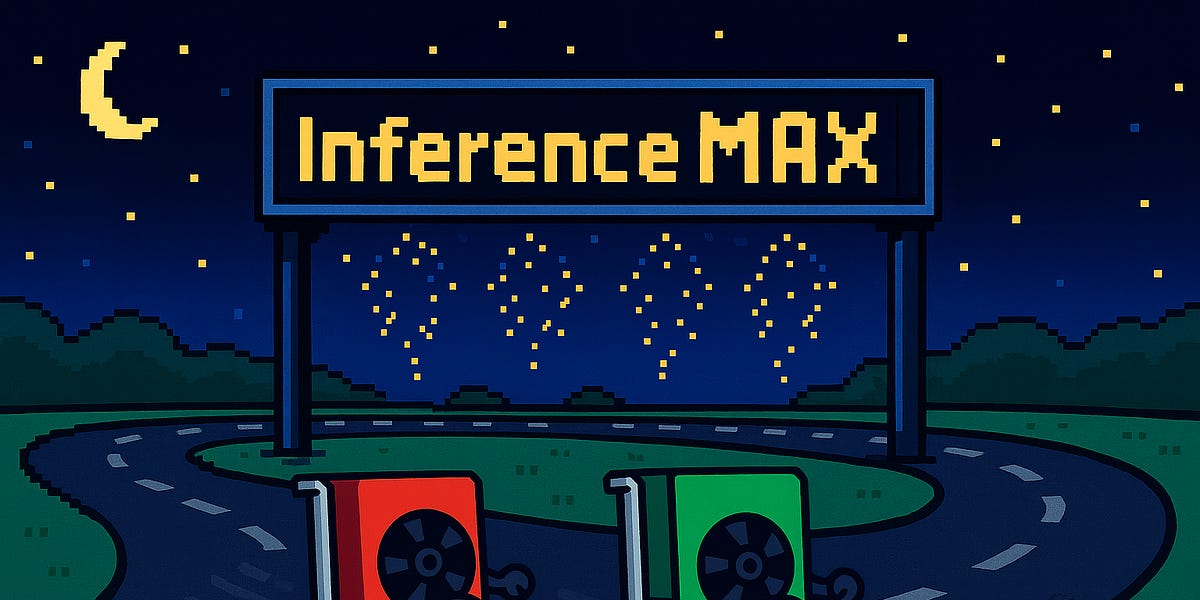OpenAI’s stunning $100 billion partnership with AMD has sent shockwaves through the semiconductor world — and raised the question everyone’s asking: has AMD finally closed the gap with Nvidia?
The deal gives AMD a historic role in powering ChatGPT’s next phase, marking a bold leap into TSMC’s 2nm frontier and the company’s first-ever rack-scale systems. Yet behind the headlines lies a more complex story — one that speaks to how AI’s power dynamics, and even the rules of the game, are starting to change.
As global AI demand shifts from model training to real-time inference, the hardware race may be entering a new era — one where today’s underdogs get their second act.

 cwnewsroom.substack.com
cwnewsroom.substack.com
The deal gives AMD a historic role in powering ChatGPT’s next phase, marking a bold leap into TSMC’s 2nm frontier and the company’s first-ever rack-scale systems. Yet behind the headlines lies a more complex story — one that speaks to how AI’s power dynamics, and even the rules of the game, are starting to change.
As global AI demand shifts from model training to real-time inference, the hardware race may be entering a new era — one where today’s underdogs get their second act.

Has AMD Really Caught Up With Nvidia? OpenAI’s Mega Deal Reveals a Shift in the AI Race
Liang-rong Chen


